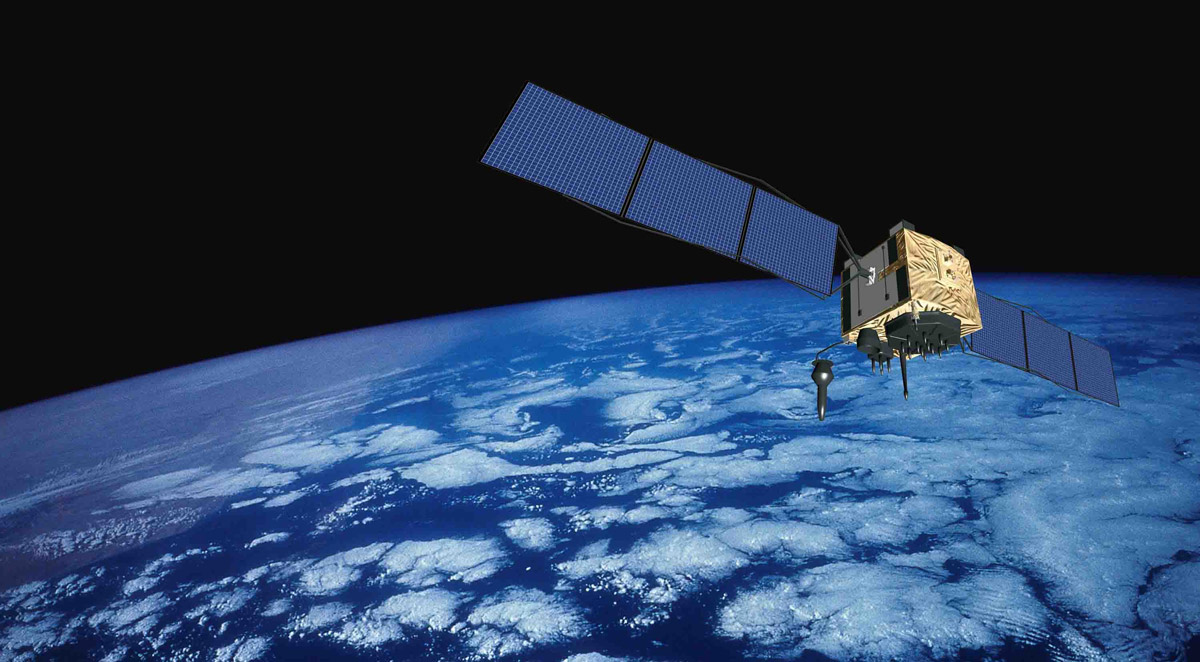GPS Module Considerations
Deciding which GPS module to use can be difficult. Thanks to the latest technology, GPS modules are getting smaller, more light weight, more inexpensive and easier to use. But how do you decide which GPS module will work best for your application? What factors do you need to consider before you choose a module?

Accuracy
What accuracy does your application call for? Many GPS modules can pinpoint a location within 30 seconds down to +/- 10m, depending on the number of satellites available at the time and the clarity of reception, among other factors. Some can even be as accurate as +/- 3m or even +/- 1m aka centimeter accuracy. Generally, the greater the accuracy, the higher the cost of the module.
Size
What is your application? Does it need to be very small and portable like a cell-phone or does it have less of space restrictions? Although GPS modules are getting smaller, you have to take into consideration the size of the antenna as well.
Antennas
Would a surface mounted antenna suffice or do you need an antenna with higher gain? Some modules come with attached antennas and some require an external antenna. GPS antenna technology varies and can require additional amplification and filtering.
Power Requirements
How much power can you spare for the GPS? The average GPS module requires around 30mA at 3.3V. On top of that, the GPS antenna might use an amplifier which will draw additional power. Always check a module’s power consumption along with the antenna.
Price
GPS recievers range in price depending on all of the factors outlined in this guide. High performance modules, such as those used in military applications, can be quite expensive, costing as much as thousands per unit. However, professional grade GPS is not out of reach for the average user. For example, the Piksi OEM Module from Swift Navigation costs $495 and the Pre-GO PPP from Gumstix costs $109, both offering PPP and RTK functionality.
Satellite System
Which satellite system will your application require? GPS modules are usually limited as to which satellite systems they can access. There are two operational global navigation satellite systems (GNSS) at this time: the United States NAVSTAR Global Positioning System (GPS) and the Russian GLONASS. China’s BeiDou Navigation Satellite System is currently being expanded and the European Union’s Galileo is currently in the initial deployment phases. In addition, various countries are developing regional navigation systems and regional satellite-based augmentation systems that used in conjunction with the traditional GNSS systems, can deliver centimeter level accuracy. Some GPS modules can only access one system. Others have the ability to access multiple systems but is limited to accessing only one at a time. Others have the ability to use multiple systems in conjunction with each other.
Channels
How does the time to first fix affect your application? The number of channels run by a module affects the time to first fix. The more channels your module runs, the faster you will find a fix as it depends on the satellites that are currently in view and accessible. Once a lock is obtained, some modules will block unused channels, conserving power whereas others will not.
Update Rate
Does your application require a faster update rate? The update rate is how often a GPS module recalculates and reports its position. Most applications do not require more than the standard 1Hz (1 time per second). However, UAVs and other fast moving applications require faster update rates such as 5Hz or 10Hz. However, faster update rates requires microprocessors that can parse the larger amount of data.
Oscillator Options
GPS modules can also have varying oscillator versions such as crystal based or temperature-compensated quartz oscillator (TCXO) based. The oscillator version can play a role in performance especially during signal reception interruptions.
There are other features such as Precise Point Positioning (PPP), raw data output, RTK functionality, or onboard sensors that you may need to also take into consideration. Now that you know a bit more about the basic differences between GPS receivers available in today’s market, check out Gumstix’ Pre-GO series of GPS boards based on the uBlox Neo-7M and Neo-7P GPS modules.


 RSS
RSS